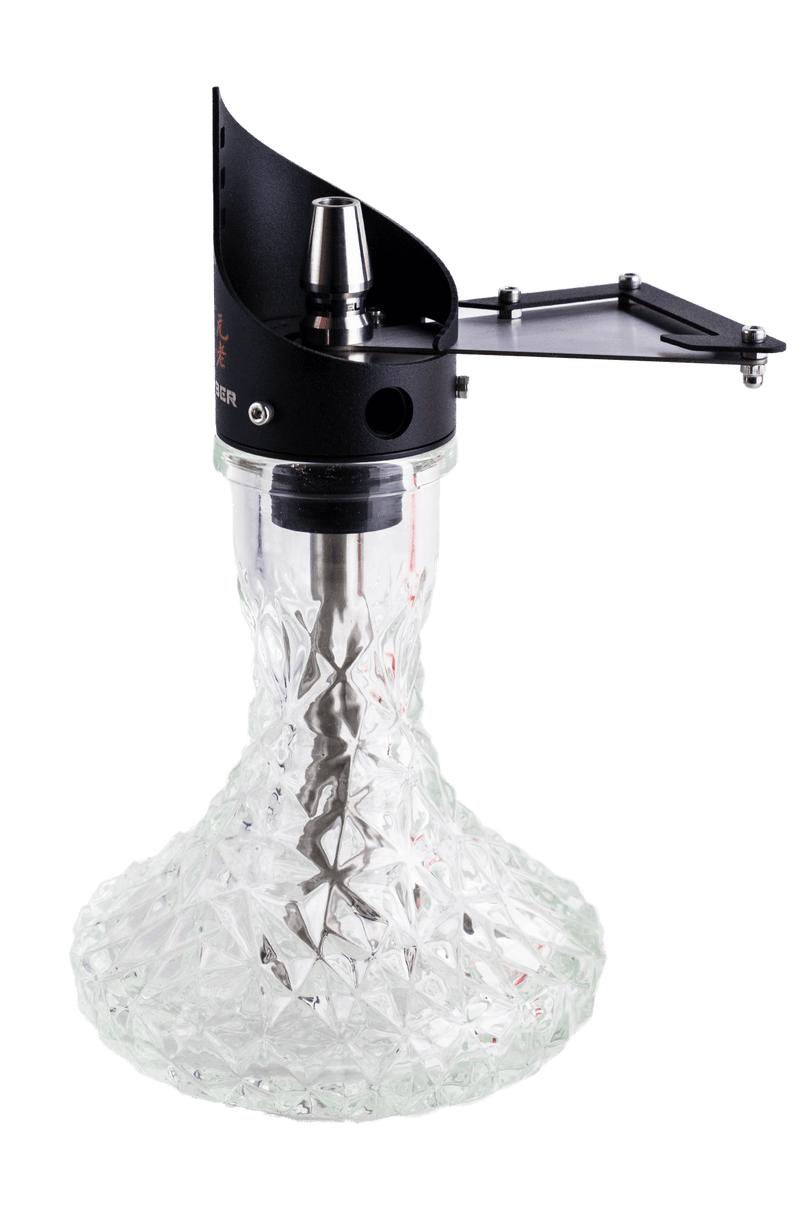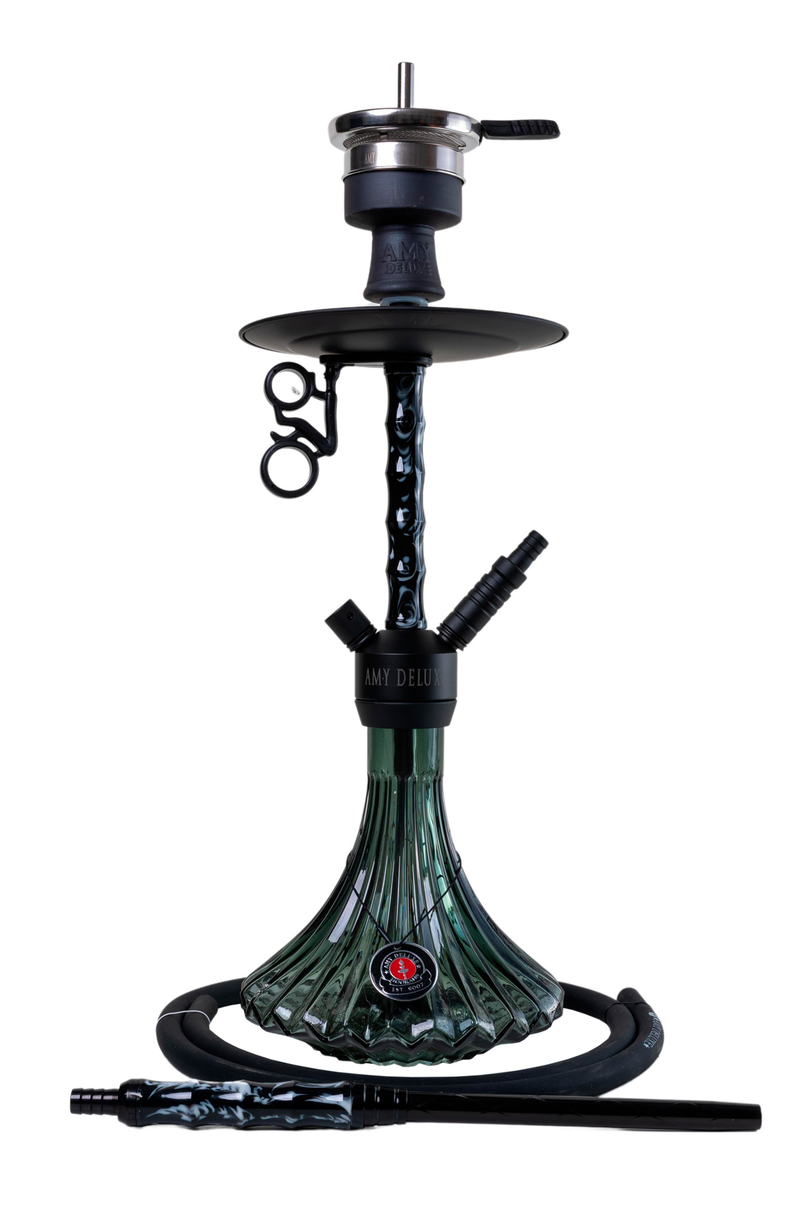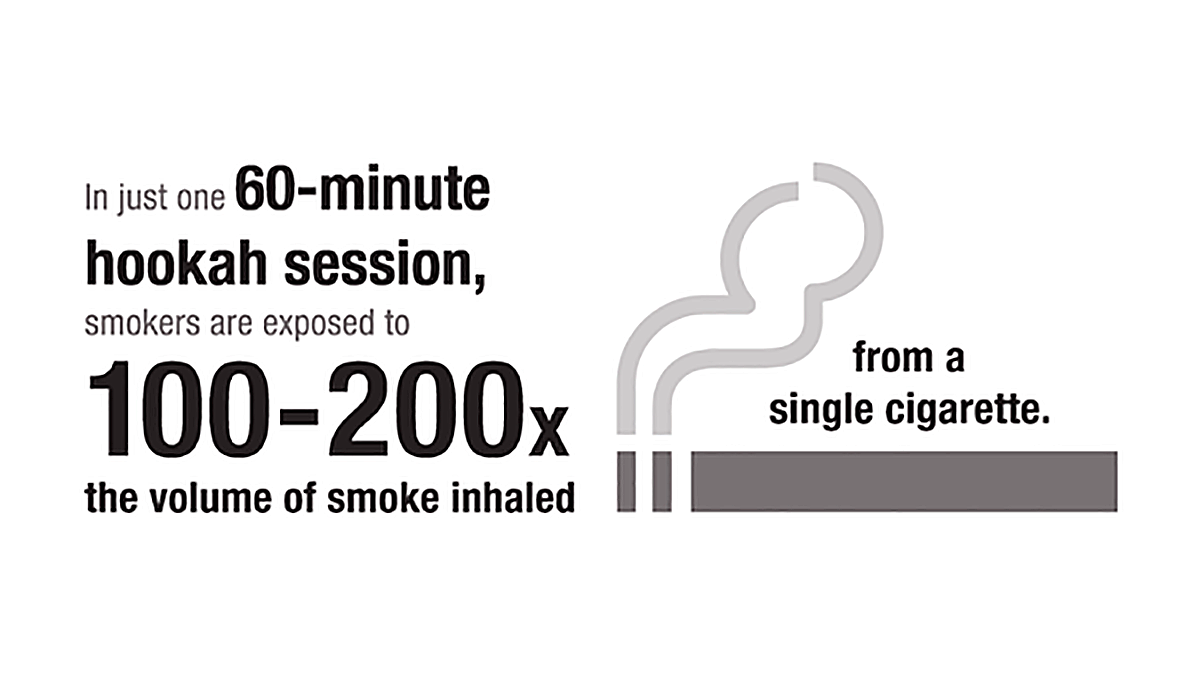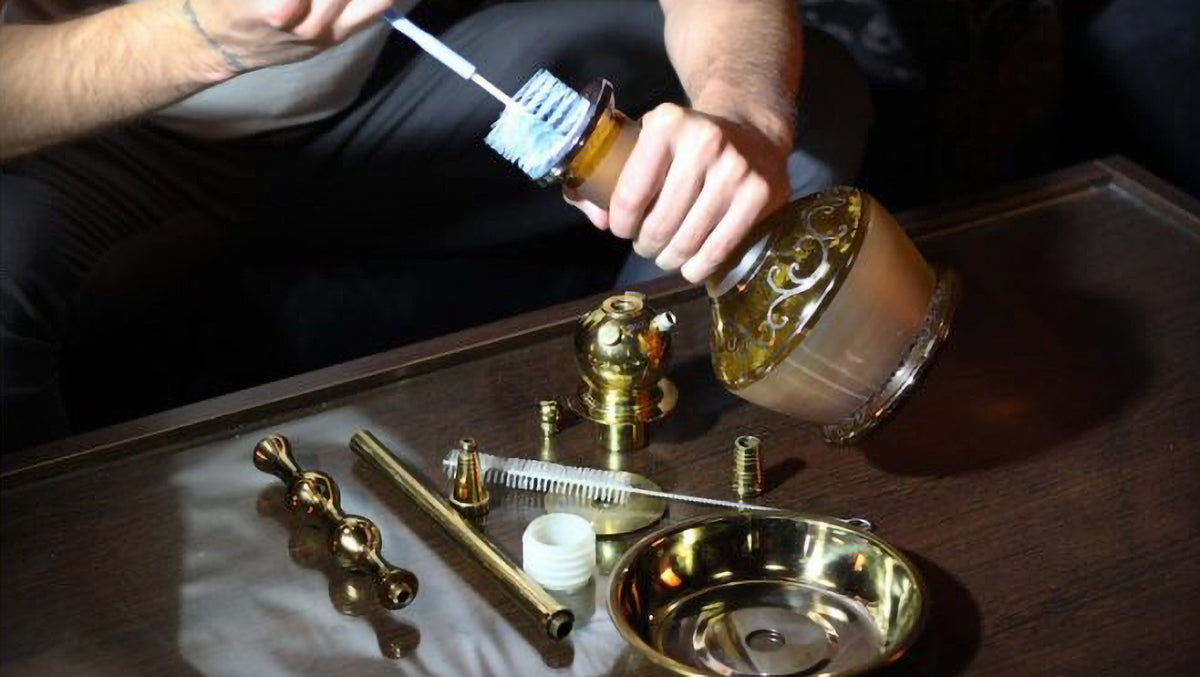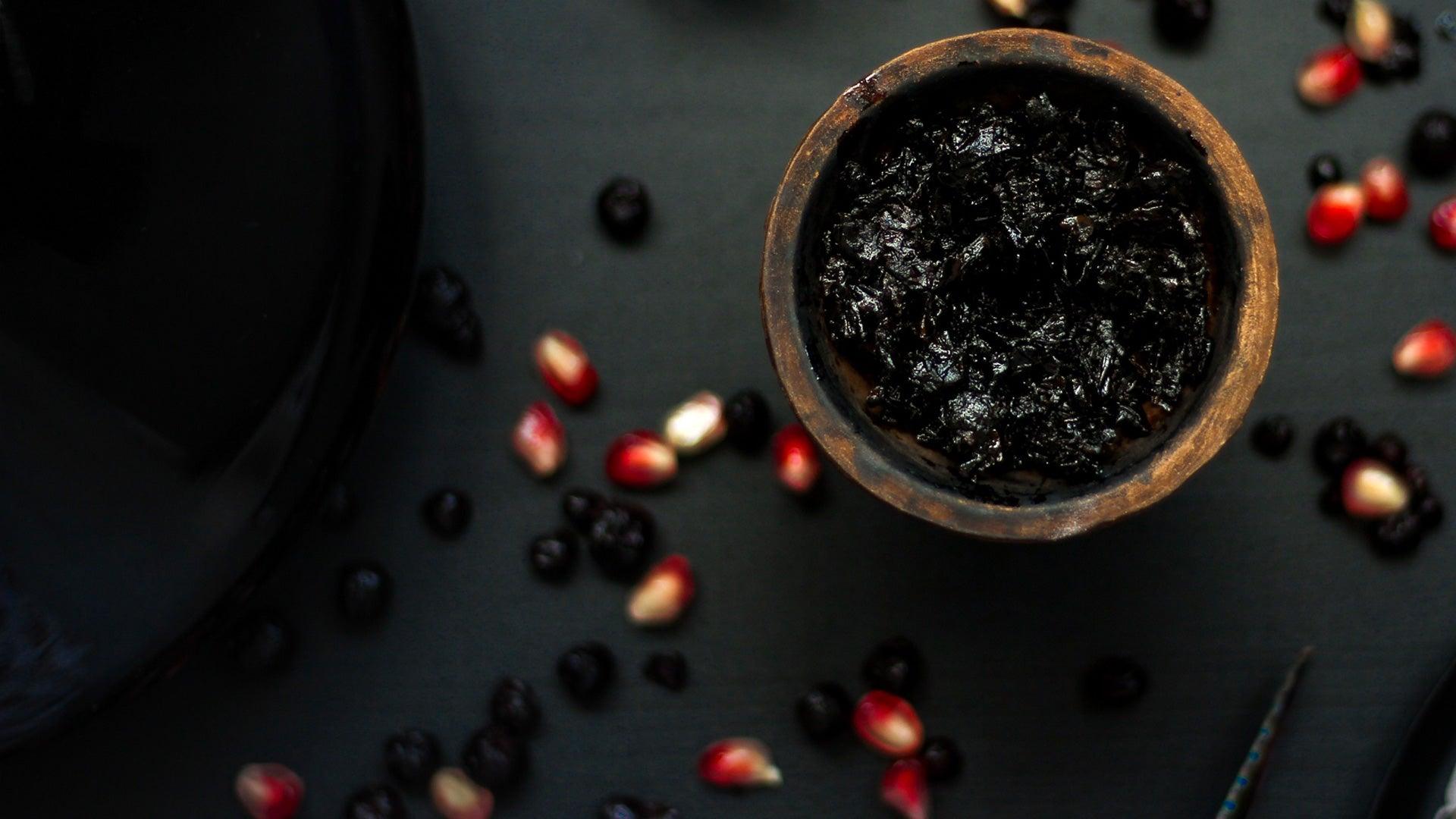We are in modern times where the trend is a healthy lifestyle. This is basically a good development and we can only be grateful for such an approach by the company.
Of course, many media and influencers are also adapting to this trend, and on its wave they fight for anything that may seem even a little bit unhealthy to this modern society.
One of the current trends is the fight with hookahs. This is slowly becoming a modern-day witch hunt - in the full sense of this connection.
How is it meant? He is the crowd pillaging everything that is connected with smoking and always finds his own arguments, without being willing to discuss anything openly. To write somewhere that smoking water pipes is in principle different from smoking cigarettes is now practically equivalent to public suicide.
The trend speaks clearly – smoking is bad and it applies to all types of smoking! And really, there's nothing to be surprised about. In the case of cigarettes, the fight against this industry took a really long time and he had to rely on a lot of studies, and especially real evidence, before he started to convince the masses in the new generation.
After a strenuous battle with windmills, the company managed the impossible and public perception turned against smokers. As part of the partial successes, it was only a matter of time before the practically fanatical society reached hookahs as the next goal of its struggle.
And hookah comes at the height of the fight against the smoking industry, and so with blindfolds one article after another is now published to defame the industry. Who would dare to go against the trend these days and really try to think about the whole topic from start to finish?
This really amounts to the aforementioned social suicide...
So I decided to commit social suicide and go against the windmills. Because I stand behind the fact that hookah is not as harmful as it is claimed.
Why do I think that? The current trend is that key studies and articles use quotations taken out of context, references to unrelated data and, in the best cases, rather point to the misuse of hookah and its effects. These inaccuracies set off an unstoppable avalanche of articles condemning hookah use.
It could be said that this whole hunt for hookahs started with a study by the US American University of Beirut, where, using the developed standardized robotic smoking, they made basic measurements [1]. Let's break it down simply.
The approach to the measurement itself is a relatively good basis for initial orientation. The problem with hookah, however, is the different approach in its preparation, handling, use of individual products and, last but not least, in smoking itself.
For a cigarette, the measurement is thus relatively stable and the simulated puff (for the measurement machine set to 35ml of smoke once per minute for approx. 6 minutes) corresponds approximately to reality.
The setting of the parameters for hookah smoking does not reflect reality so much anymore - 530ml puff of smoke (approx. 3s) every 17s for 60 minutes. This may not seem like an exaggeration, but it is not even close to it the normal behavior of a pipe smoker when smoking a hookah and we will gradually explain why.
The frequency itself does not really reflect reality. Imagine that you are sitting in a tea room with a pipe and discussing some interesting topic with someone. As part of smoking, you change your pipe, sometimes you need a drink, jump somewhere or engage in a discussion. As part of the entire ritual, you will usually have to exchange carbons several times. And these are only some of the factors.
The next thing is the equipment itself. It is relatively easy to do an example test with a cigarette. A cigarette is simply a cigarette and you only test individual brands. The simulation is quite simple.
However, many other factors affect the result of hookah. From the tobacco used, the method of filling it, the chosen crown to the heat management used (HMS, foil...) or coal.
For our discussed case, unnatural coal was used, which lay on the crown with aluminum foil in direct contact with tobacco throughout the test.
The test result itself mainly focuses on the volume of smoke taken in, and it is logically higher (according to the source study used, multiples such as 100-500x higher volume of inhaled smoke from a hookah than from a cigarette are used in the headlines).
In principle, this statement is not (with regard to the input parameters, which we have already refuted) completely deceptive and cannot be contradicted. The problem is that most of the media take this number out of context and automatically evaluate that a person smoking a hookah logically absorbs 100-500 times higher content of harmful substances. But what about the smoke?
The most important factor, which is generally overlooked, is the content of the smoke itself, mainly the abundantly inflected tar contained in it. Many tests have proven that cigarette smoke is harmful, and scientists have gradually analyzed up to about 4,700 chemicals that [1]< /em>.
But a lesser-known fact is that only 142 of these components have been identified in hookah smoke [1] .
Temperature is also important. The temperature of a cigarette is around 800-900°C compared to the tobacco temperature of 100-200°C for a hookah. The hookah heats the tobacco indirectly and thus only vaporization occurs. The smoke itself is largely made up of water and glycerin, which are biologically inactive.
Already from this simple basic comparison it must be clear even to laymen that we are talking about significantly different matters.
An often inflected claim by opponents of hookahs is that based on the higher volume of smoke, you also receive a higher dose of nicotine and thus run a high risk of addiction (smoke contains 6x more nicotine
State Institute of Health [2]).
One of the studies focused on confirming this topic, which compared the intake of substances from 3 hookahs per day versus 11 cigarettes (13 people participated in both types of smoking for comparison). Despite the somewhat modern equipment and hookah preparation process (classic aluminum foil, unnatural coal), the measured values are surprising.
Even when smoking 3 hookahs in a row, the overall nicotine intake was significantly lower than from 11 cigarettes [3] . None of the studies that have focused on this topic have yet been able to prove the emergence of nicotine addiction in connection with hookah [1].
Another discussed scarecrow is the concentration of carbon monoxide (CO) when smoking hookah. This statement is supported by many measurements and is true throughout [1, 3]. But it is necessary to realize how the whole process takes place and where this gas is produced.
The problem is the coal itself. During its combustion, the majority of CO and also all other measured harmful substances are produced (up to 90% [1]). The measured values and the style of intake of this gas can then be very well compared to grilling on classic charcoal [1], from which we can also base recommendations for preventing the effects of this gas on health:
- Always use natural coal of high quality (purity)
- Coals must always be hot from all sides
- The entire room (mainly the coal burning area itself) must be well ventilated
With respect to coal, as the originator of 90% of pollutants overall, it is desirable to separate it from tobacco as much as possible. The Kaloud Lotus - the so-called Heat Management System and its imitations, which separate the carbons from the tobacco itself more and thus help to significantly limit the penetration of coal particles into the tobacco - seems to be the greatest contribution in this matter. Despite the significant help of this system, however, Kaloud Lotus does not completely prevent the passage of components that evaporate from the coal and are then coated through the tobacco.
A study published in 2008 attempted to determine the real impact of long-term regular hookah smoking [2]. She focused on the presence of Carcino Embryonic Antigen (CEA) in the smoker's body. This substance is taken as one of the indicators of the risk of cancer and its presence affects, for example, smoking.
The study was conducted on 59 hookah smokers between the ages of 20 and 80, who regularly smoked hookah from 8 to 65 years of age. 36 non-smokers were used to compare the final differences.
These 59 people were divided into 3 groups according to the frequency of hookah smoking:
The total mean CEA in hookah smokers was practically no different from non-smokers, and was thus many times different from CEA measured in smokers (3.58 ng/ml versus 9.19 ng/ml). However, it is necessary to mention that the group of the strongest hookah smokers already reached elevated values on average (5.11 ng/ml).
What is important to note, considering the age of the smokers and the location of the study (on smokers from Pakistan), one pipe there contains a full 60-120g (1-2 chattak
) of tobacco and is smoked on obsolete equipment (chilam crown) with falling ash. Most older smokers also smoked pipes without molasses, which is evaporated by default - eg Tombak.
With this in mind, the conclusions are very surprising and can serve to give an idea of the possible impacts of the modern style of hookah smoking, which is very different (typically approx. 15-20 grams of modern refined tobacco and natural tested charcoal in a modern Heat management system for regulation heat).
A few statements
Statement of the State Health Institute [4]:
An average of 70 liters of smoke is created during one sitting with a hookah.
During an average one-hour session with a hookah, the smoker inhales approximately 100-200x more smoke than when smoking one cigarette
- With regard to the parameters used to measure the volume of smoke, this statement is true but it is based on an unrealistic scenario (see, chapter
1 pipe as 100 (up to 500) cigarettes
)
In connection with the used method of heating the tobacco and the size of
burning
carbon, 30-100x more tar, 17-50x more carbon monoxide is produced and the smoke contains 6x more nicotine
- The claim is taken out of context and does not take into account the actual volume of harmful substances ingested, which is almost 40 times higher in cigarettes. Also surprising is the very low intake of nicotine, several times lower than that of cigarettes
The water in the hookah vase mainly cools the smoke. Even after passing through water, smoke contains high doses of toxic components including carbon monoxide, heavy metals and a number of cancer-causing substances
- Water filters individual components with efficiencies from 4.2 to 78.6% with an overall average efficiency of 38% [2]. The significant reduction of nicotine and its low presence in the measurement [3] is surprising. Only 142 harmful components were identified in hookah smoke compared to more than 4,700 in cigarettes [1]< /em>.
Commonly used heat sources (coals) that are applied to tobacco probably lead to an increase in health risks, because their burning releases toxic substances into the smoke, incl. heavy metals and CO.
- TRUE. One of the few true statements. According to relevant studies, up to 90% of measured pollutants come from carbon combustion. The result is comparable to grilling on charcoal.
Sharing a hookah mouthpiece poses a risk of transmitting infectious diseases including tuberculosis and infectious hepatitis
- TRUE. But it's similar to sharing anything. To avoid direct transmission, we recommend disposable mouthpieces and ideally a pipe for each smoker at the table - one person per pipe.
Passive smoking of a mixture of tobacco smoke and smoke from hookah coals is risky even for non-smokers
- Hookah smoke contains significant amounts of harmless glycerin and water. The content of harmful components is many times lower than in cigarette smoke. Ventilation is then suitable to reduce the risk of CO.
Regular hookah smoking can lead to nicotine addiction
- The nicotine content in hookah smoke is significantly lower than that of cigarettes, and none of the many studies have been able to prove that it is addictive.
No study has proven that the passage of smoke through water reduces the amount of toxic substances and thus the danger of this smoking. On the contrary, the passage of the aerosol through the water cools this mixture and the smoker is thus able to inhale the smoke more and deeper into the lungs, which can increase the absorption of dangerous substances into the body (Hrubá, 2015).
- LIE. Water filters individual components with efficiencies ranging from 4.2 to 78.6% with an overall average efficiency of 38% [1] . What is surprising is the considerable reduction of nicotine and its low presence in the measurement [3].
- Public health intervention for narghile (hookah,shisha) use requires a radical critique of the related
standardised
smoking machine – Chaouachi, K. (2009) - Hookah smoking and cancer: carcinoembryonic antigen (CEA) levels in exclusive/ever hookah smokers – Harm Reduct J. (2008)
- Comparison of nicotine and carcinogen exposure with water pipe and cigarette smoking – Peyton J. (2013)
- Hookah smoking warning poster. – State Institute of Health (2007)
-
Source hookahweek.com

